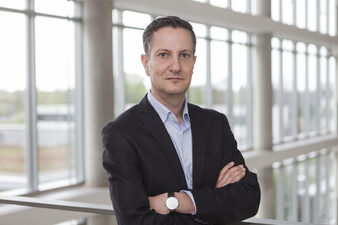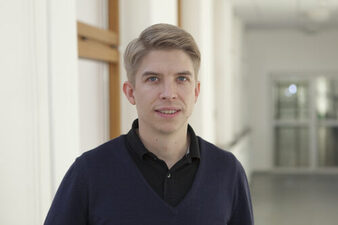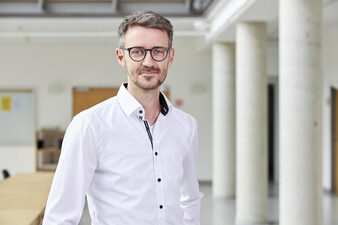About the project
Initial situation and context
With the onset of the coronavirus pandemic, architecture teaching could no longer take place in person.
The experiences that students and lecturers have had with working from home - physically separated from each other - show that there are definitely formats that work online. The lecture or software training, which can be accessed from any location and even as a video recording regardless of time, works - and is perhaps even an enrichment. However, when it comes to jointly viewing and discussing designs on the basis of models and illustrations, i.e. classic table critique, we have clearly reached our limits with our previous digital means. This is precisely where we were able to break new ground together with the 'VR Architecture' project funded by the HiLF program of the Fachhochschule Dortmund.
New possibilities for location-independent design support
In VR, architectural and urban designs can actually be experienced in three dimensions. In web-based VR applications (here Mozilla Hubs), this is not only possible individually, but also together in larger groups. In addition to a good internet connection, participants only need a VR headset. Due to the web-based solution we use, a powerful computer is not required. It is possible to work stand-alone, i.e. with mobile VR headsets (here Quest 2). Spatial acoustics and the representation of the participants as avatars promote exchange and communication. Constellations similar to a presentation, in which one person speaks in front of a group of listeners, are just as possible as working in several informal small groups within a larger room or several interconnected rooms. This approach allows us to continue to work independently of location, but at the same time in a shared - virtual - space.
The future is now!
Course "Reverse Albrecht Dürer"
In the module "Computer-aided design - special areas" in the summer semester 2021, the task for the students was to derive architectural designs as a three-dimensional interpretation of two-dimensional, but highly spatial images. In a reversal of the techniques developed by Albrecht Dürer to capture three-dimensional objects correctly in perspective in two-dimensional drawings, experimental design methods are to be used to generate a three-dimensional space based on a two-dimensional image.
The design supervision consequently took place in virtual reality, in the participants' designs.
To be continued ...
Participants of the course
Lukas Böhmer, Carmen Büsschers, Kerstin Geisweller, Fabienne Kunst, Julian Lange, Michelle Prodöhl, Sophia Ptok and Marielena Rützel.
Contact & Team
Management
Benjamin Radhoff, Dipl.-Ing.
On request, preferably from MO to FR, between 10 a.m. and 12 p.m. and 2 p.m. and 4 p.m.
Research assistant
Research assistant
Josha Helmchen, B.Sc.



